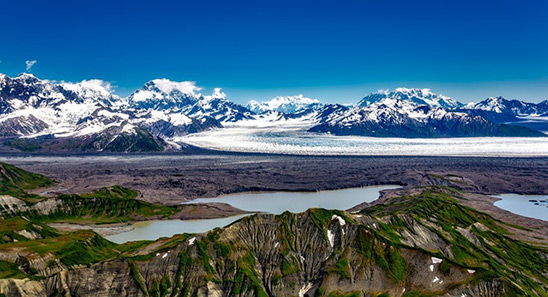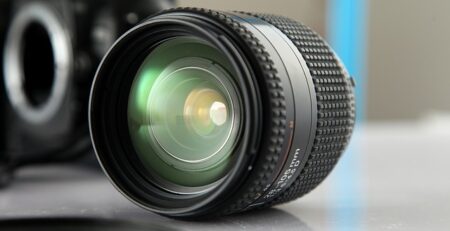Sometimes, a 2:3 just doesn’t do a view justice. Panoramic photography allows you to capture the entirety of a scene in a wide image, unconstrained by traditional aspect ratios. Panoramas can be easily shot with special panorama modes inside most cameras, or even smartphone apps, as well as hand-stitching using a DSLR and Photoshop. But, besides the method you use to capture the shot, how do you make the panorama every bit as gorgeous as the original scene? Here are four panorama tips to get you started.
Avoid moving objects and objects in the foreground.
Since panoramas capture a view wider than the human eye can even see, they are prone to distortion. Add in stitching and it’s easy to see why panoramas are so prone to odd image errors. But by knowing how to avoid those errors, you can avoid the weird stitches and wind up with a great shot. First, avoid moving subjects. Even the wind in the trees or the waves on a lake can cause the stitch not to line up properly. (Note, however, that you can take a panorama of water if you use a long exposure so those waves become smooth motion blur.)
But don’t stop at avoiding motion — objects close to the camera are most prone to distortion. If you are shooting a panorama that’s more than twice the typical aspect ratio, avoid having any objects in the foreground, or they will appear to tilt at odd angles away from the camera.
Identify your subject.
Many rookie photographers shoot a panorama because they are inspired by a scene — but what part of that scene is the subject? Before shooing, identify where you want the viewer’s eye drawn to the most. Just because you are shooting a panorama doesn’t mean compositional tips like the Rule of Thirds don’t apply. By starting with your subject, you can decide where to stand, where to start the panorama and where to stop the panorama.
Don’t shoot in auto.
If you’re using a panorama mode or panorama app, skip right to the next tip, but if you are using a DSLR and manual stitching, listen up! If you shoot in an auto mode, or even a semi-auto mode like aperture priority mode, the exposure between shots might be different, creating obvious stitch lines. Shooting a panorama requires manual mode to get exact exposures. If you’re still uncomfortable in full manual, copy the settings from programmed auto — but you need to shoot in manual to guarantee the exposure doesn’t change between shots.
Eliminate distractions.
Before you shoot, look for anything that distracts from the view — working to avoid or remove that distraction pre-shoot is much easier than editing it out later. Move to get those power lines out of the picture, or pick up that litter on the ground before you shoot.
Panoramas allow photographers to capture a scene without being limited to the size of a single frame. Stitching introduces a number of potential panoramic photography pitfalls, however, which is why it’s best to start with a few panorama tips before you head out.






